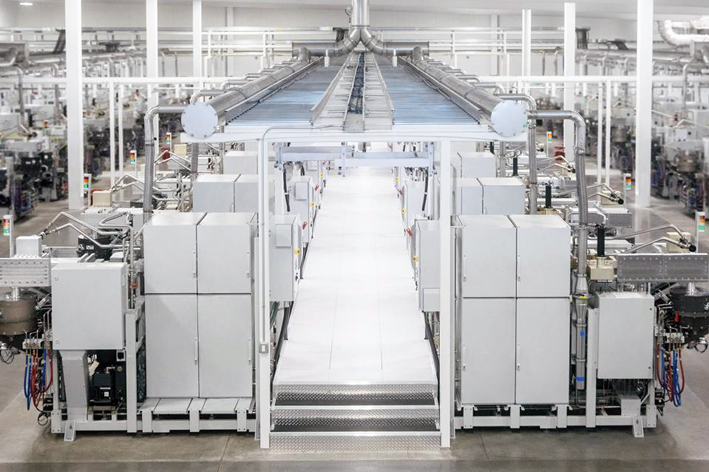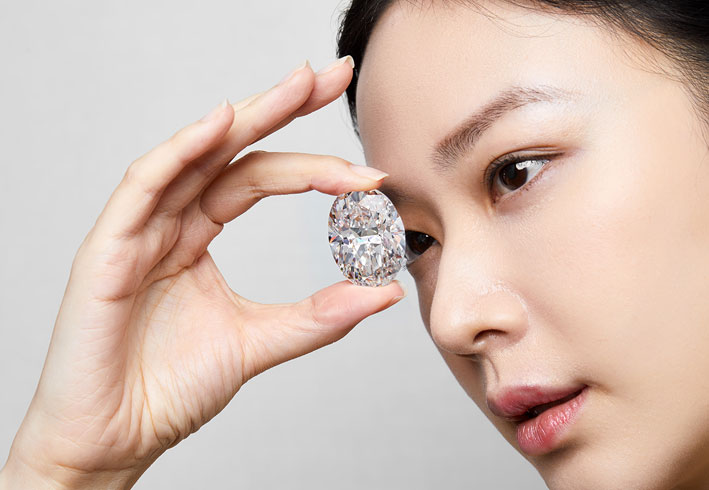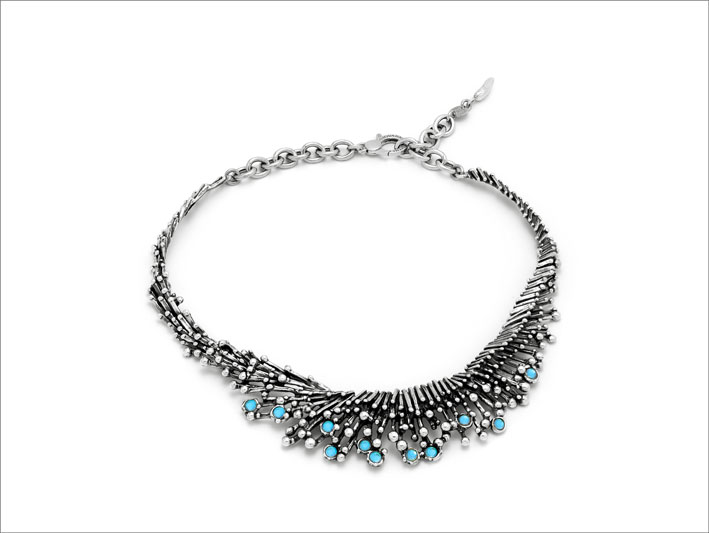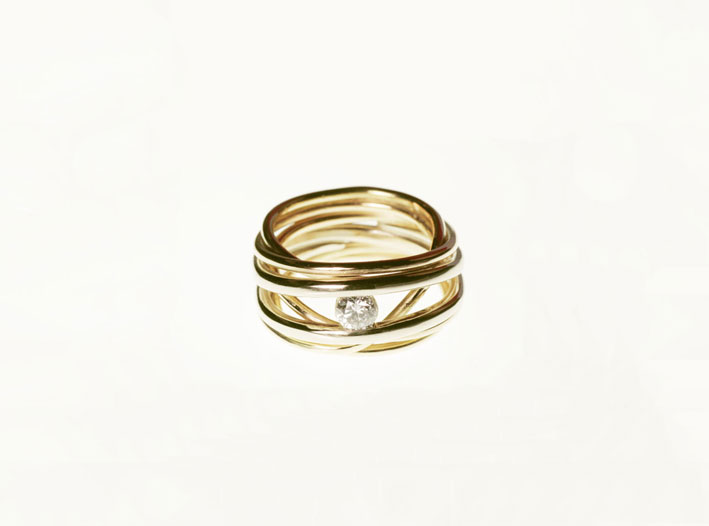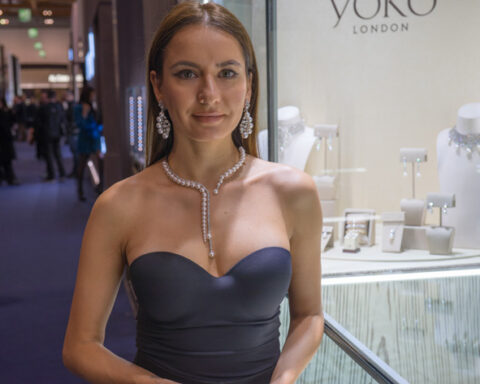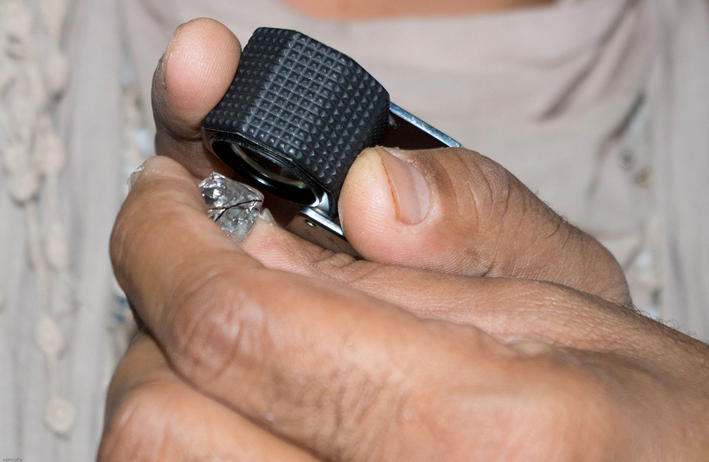Are natural diamonds or lab-grown ones better? Which diamonds are more sustainable? And which ones have a greater value over time? Questions that, presumably, will continue to be topical even in the coming years. Because especially in China and India, diamond factories created with sophisticated machines and at ever lower prices have multiplied. Furthermore, those who produce and sell synthetic or laboratory diamonds can argue that these gems are completely identical to natural ones, at least in terms of chemical composition. So who is right?
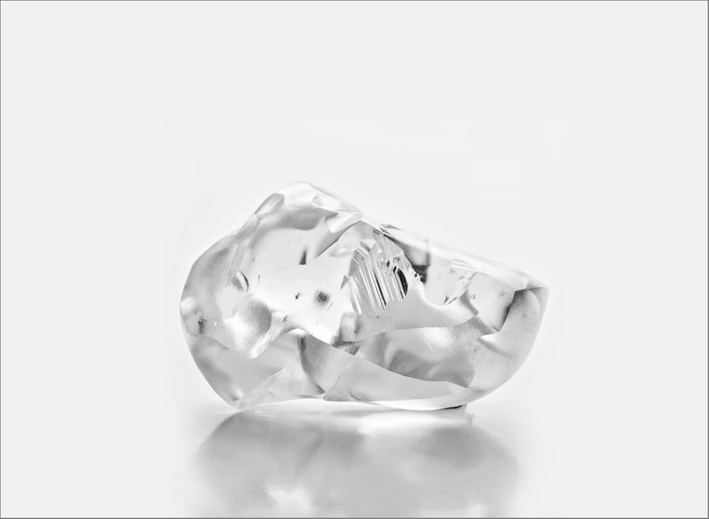
Natural diamond producers are concerned about the spread of jewelry made with lab-created stones. For this reason, the Natural Diamond Council, an association that brings together companies such as De Beers Group, Dominion Diamonds, Lucara Diamond, Petra Diamonds, RZM Murowa and Rio Tinto, has decided to explain its reasons. And to dispel some myths that accompany laboratory diamonds. These are answers, from the point of view of mining companies, which above all contest the idea that synthetic diamonds are green, friends of the environment. Even if it cannot be ignored that De Beers has been selling synthetic diamonds for some years through the Lightbox Jewelry brand…
Let’s see what the arguments of the Natural Diamond Council are.
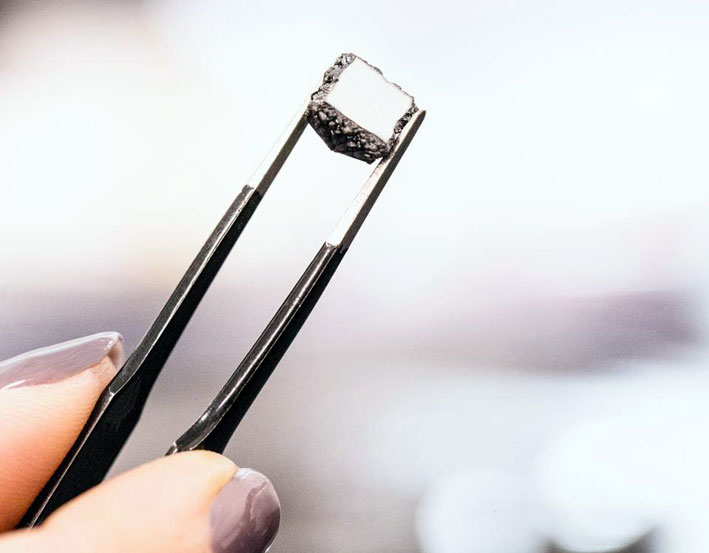
Are lab-grown diamonds the same as natural ones?
In fact, explains the Natural Diamond Council, diamonds created in the laboratory can be distinguished from natural diamonds through the use of professional verification tools. Lab grown diamonds are produced on a large scale in a few weeks, while natural ones are billions of years old, and have specific characteristics and patterns linked to their growth system (there are two methods for creating synthetic diamonds).
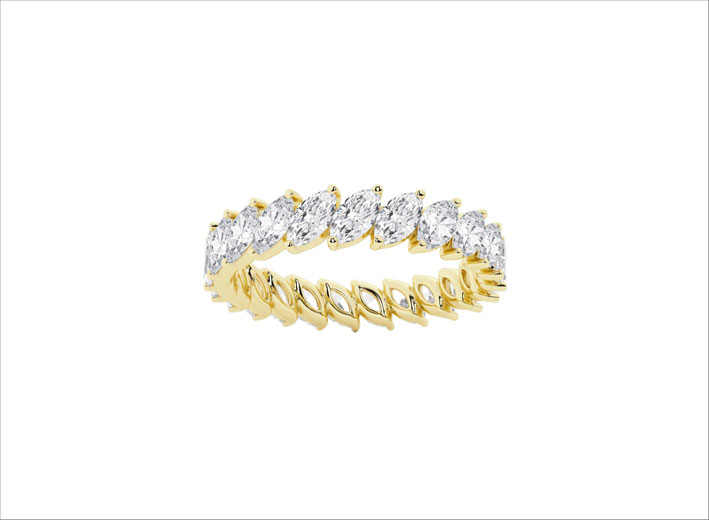
Are lab-grown diamonds sustainable?
According to the Natural Diamond Council, lab-grown diamonds replicate the natural process of creating diamonds, which requires a considerable amount of electricity, mainly from the national grid. More than 60% of lab-grown diamonds are produced in China and India, where 63% and 74% of electricity grids, respectively, are coal-fired. Furthermore, the production of diamonds in the laboratory can require very high temperatures approaching 20% of the solar surface temperature.

Does natural diamonds mean they are a limited natural resource?
Formation takes place over millions, sometimes billions of years, and occurs in limited areas of the earth’s mantle, under extreme temperatures and pressures. Global recovery of natural diamonds peaked in 2005, then declined by 30% over the past 16 years.
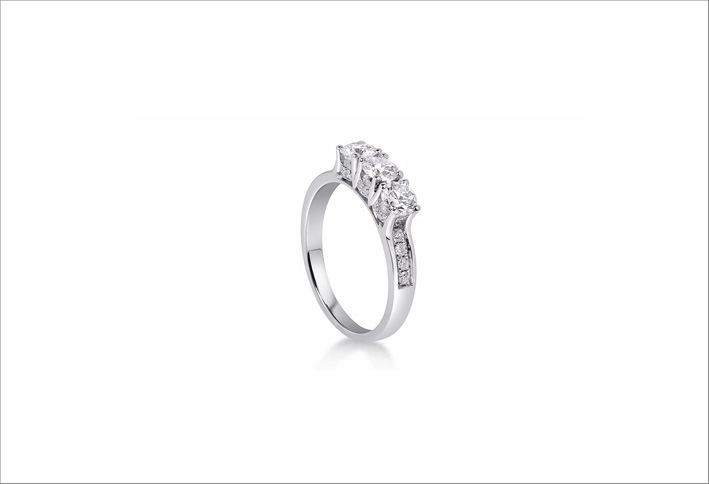
Have lab-created diamonds depreciated in recent years?
From 2016 to 2023, the average price of a 1.5-carat lab-created diamond fell by more than 74%, the Natural Diamond Council insists. Conversely, although the prices of natural diamonds have fluctuated over the past 35 years, on average they have increased by 3% per year.

Is mining natural diamonds ethically sustainable?
Thanks to the Kimberley Process, promoted by the United Nations and the World Trade Organization, the trade in rough diamonds, diamond producers add, is regulated to ensure that it is conflict-free. The Responsible Jewelery Council (RJC) ensures responsible sourcing through third-party verified certifications. And brands, retailers and jewelers are increasingly implementing ethical sourcing protocols and policies to ensure transparency in their supply chains.
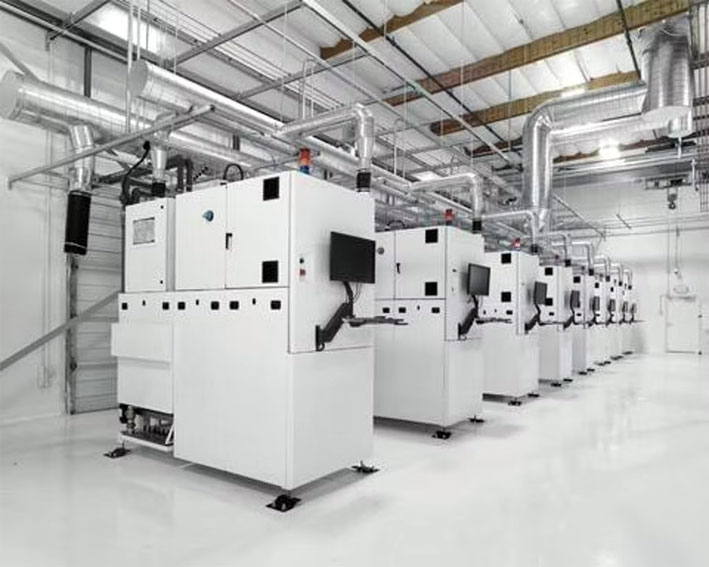
Does mining for natural diamonds harm the environment?
According to the Natural Diamond Council, natural diamonds help protect biodiversity over an area the size of the cities of New York, Chicago, Washington D.C. and Las Vegas combined. De Beers Group, for example, is working with Kelp Blue to study the potential of algae to store carbon while improving marine health. Diamond Route is a network created by the De Beers Group to protect threatened natural habitats in South Africa and Botswana.

Are natural diamonds harmful to the countries where they are mined?
The natural diamond industry, producers say, supports the livelihoods of 10 million people worldwide. Up to 80% of the rough diamond’s value remains in local communities in the form of local purchases, employment benefits, social programs, infrastructure investments, taxes, royalties and dividends paid by the industry to their respective governments. For NDC members, 85% of all procurement is local. And in Canada, the natural diamond industry contributes 24% of total GDP in the Northwestern Territories, where $17 billion went to businesses (NWT) and $7.5 billion to Indigenously Owned Businesses (NWT).
